It is really good!
Pilates is a body weight training method for exercising and stretching. Pilates is also a technique of movement re-education that works with the whole body for muscle and mental balance. It is suitable for men and women of all ages, including children!
Pilates works several muscle chains simultaneously through smooth and continuous movements, focused on concentration, strengthening and stabilization of the central muscles of the body (abdomen, spine and pelvis). This is why Pilates mixes strength and flexibility, to improve posture as well as to stretch and tone muscles without exaggeration.
PURPOSE
The purpose of Pilates is to focus on movement quality rather than quantity in order to make you feel invigorated after each session. The movements prioritize balance, so no muscle chain is overloaded and your body performs any movement more efficiently, from daily activities to sports in general.
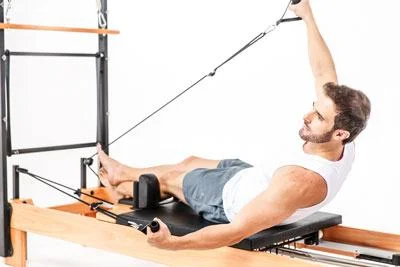
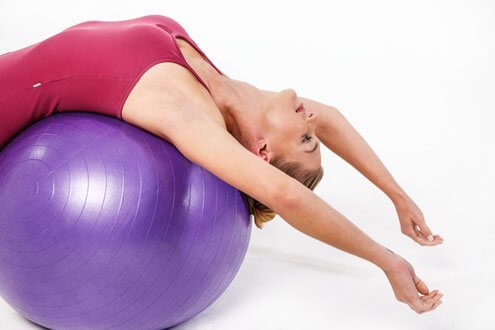
BENEFITS
- Body stretching
- Muscle toning and definition without exaggeration
- Posture improvement: spine strengthening and flexibility
- Abdomen’s toning (deep muscles)
- Injury prevention and recovery
- Stress reduction and relief
- Improvement of joint movement area
- Improvement of blood circulation
- Increase of coordination and balance
OTHER BENEFITS
- It helps weight control
- It corrects overloads and aligns muscles
- It complements your sports training
- It increases self-esteem
- It may be performed by anyone
- It helps in the treatment of various pathologies
- It eliminates toxins from the body
- It improves body awareness
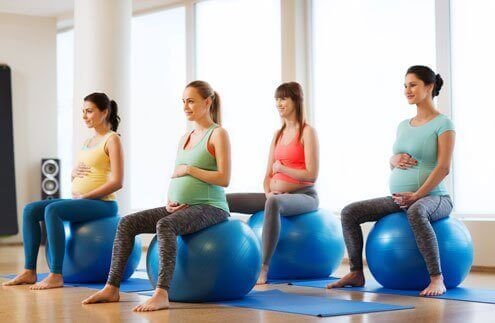
The creator of the method, Joseph Pilates, was the son of an award-winning gymnast and a naturopath (who did and recommended only natural herbal remedies because she believed that they were much more efficient than a surgery, for example).
Joseph was a very sick child suffering from several different health problems such as asthma, rickets (vitamin D deficiency) and rheumatic fever.
As we was brought up under his parents’ philosophical experience, Joseph began to practice breathing techniques due to his asthma problems.
He believed that the causes of this health problems were his bad posture and inefficient breathing. So, in addition to working with breathing techniques, Joseph exercised outdoors.
When he was around 14 years old, Joseph started his studies of anatomy, traditional Chinese medicine, and so on. With that, he learnt about several kinds of physical exercises such as bodybuilding, Yoga, boxe, diving, Kung Fu and gymnastics.
Then he decided to create the Pilates Method to help patients who had the same problem he did.
However, Joseph used Pilates exercises to help other people only
after some years. It was in 1914 during the World War 1 when he was arrested and sent to a concentration camp.
From this moment, Joseph started to study some practices using bed springs to exercise rehabilitating the other inmates who were in the concentration camp, even the most debilitated ones.
As his patients improved, he increased the degree of difficulty of the exercises so that they could gain more strength and flexibility, working not only with their bodies but also their minds through the breathing control.
With this, Joseph Pilates began to develop his concept of an integrated and comprehensive system of physical exercise, which he himself called “Contrology,” relying on mind control over muscles.
It is estimated that all the prisoners who practised the exercises proposed by Joseph remained healthy until the end of their sentences, even after a great epidemic of illnesses that appeared at that time.
So, the Pilates Method has become one of the most popular physical activities for people interested in body strengthening, rehabilitating and conditioning in various moments of daily life.
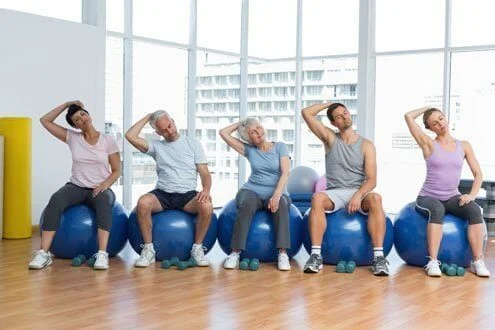
Mat Pilates
Mat Pilates is known for using only your own body or several props to exercise. Because it is not equipment-aided, Mat Pilates offers a greater set of challenges to the method.
Joseph Pilates traditional Pilates Mat sequence of exercises were originally performed only with the body weight, without any prop.
As the time passed, people presented different goals and new props came up resulting in new variations. Nowadays there are hundreds of possibilities.
Some Mat Pilates exercises are more of educational nature, which means that they emphasize breathing learning and core strength.
Mat Pilates requires more effort demanding muscle strength, stretching, balance and a lot of body awareness, but it does not mean that it will be difficult for everyone. With a little training and with time the body takes on new forms and the movements are easier to perform. Auxiliary props are also used in Mat Pilates, such as the Magic Circle, the Half Moon, the thera-band, the Foam Roller, and the Ball.

Equipment Pilates
Equipment Pilates means to perform the movements with the help of devices. Exercises performed on devices involve a large possibility of movements, all performed in a rhythmic and controlled way, associated with breathing and postural correction as well as Mat Pilates.
The intensity of the exercises performed in the devices varies according to the springs. The springs are classified by different colours: black, red, green, blue, and yellow, in decreasing order of intensity. The basic structure of Pilates devices is the springs, which can be used in two different ways: they can reduce the effort in the exercise (facilitating movement) or they can make the weight heavier when pulling or even as a tool of resistance (hindering movement).
The choice of how to use these springs will depend on your goals, giving the possibility of facilitating or hindering the movement. The most important devices developed by Joseph Pilates to be used in a studio are: Universal Reformer, Cadillac, Chair and Barrel.
CURIOSITIES ABOUT PILATES
When we start Pilates, there are usually a lot of doubts about the Method because everyone expects some results.
Yes! Even though this is not the main focus of the Pilates Method, its exercises may assist in weight loss. This happens because Pilates movements tone the body by stabilizing the joints and re-educating the movements as a whole. Also, when you do Pilates, your entire body is automatically in movement, which makes your body lose calories and consequently weight. So, you can lose weight by doing Pilates!
Absolutely! When you do Pilates your body gains a better conditioning for other physical activities. This complementation happens in a progressive way: Pilates acts with the purpose of helping in the disposition and the improvement of breathing so the body gets more prepared in the moment you are performing other sports.
A lot! The Pilates Method was created by Joseph Pilates and used to treat patients who were debilitated in the concentration camp. In this way, Joseph used his study of the body to create movements that would help these patients to rehabilitate themselves. Therefore, Pilates is a great collaborator to help in the treatment of several pathologies both corporal and mental, rehabilitating the patient.
No! Despite being seemingly equal methods, Pilates does not have the same purpose as Yoga. First of all, the main difference of the two practices is the essence of each one. Yoga is more like a philosophy of life, which appears in many areas to change your inner and outer lifestyle. Pilates is also a Method which has been thought of as a lifestyle change, but it primarily seeks to work with physical health and body strengthening and stretching. Although the quest for body and mind as a whole is important, Pilates does not take it as a priority as Yoga does. We can say that the Pilates Method is a therapy for the body and Yoga is a therapy for mind and spirit.
Although each person works with a different goal in Pilates, the gain in quality of life is evident to everyone. Time of practice in a regular frequency and the way you perform the exercises are the factors that most influence the results. And we cannot forget to mention your eating habits too. That is why it is very important to see a nutritionist throughout the process.
Pilates does help you lose weight. But it cannot do it by itself. If you add Pilates to aerobic exercises and combine them with a well-balanced diet, then you can expect amazing results. Although some improvements are already felt in early lessons, most of them come in a medium or long term. For this reason, you must remain committed to achieving the expected results.
CONCLUSION
Pilates is an old method that has gained its space for guaranteeing several benefits to those who do it. In this way, we can consider it as a great influencer for improving body and mind in several different phases of the individual, since rehabilitation to body conditioning.
Now that you have understood what Pilates is, go to the nearest Studio and try the Method. Your health will certainly thank you! It is a method of physical exercises and stretching that uses the body weight in its performance. In addition, Pilates is also a re-education technique of movement that aims to work the whole body, for muscle and mental balance.
The Method works several muscle chains simultaneously through
smooth and continuous movements, focused on concentration, strengthening and stabilization of the central muscles of the body (abdomen, spine and pelvis). This is why Pilates mixes strength and flexibility, to improve posture as well as to stretch and tone muscles without exaggeration.
The purpose of Pilates is to focus on movement quality rather than quantity to make you feel invigorated after each session. The movements prioritize balance, so no muscle chain is overloaded and your body performs any movement more efficiently, from daily activities to sports in general.
